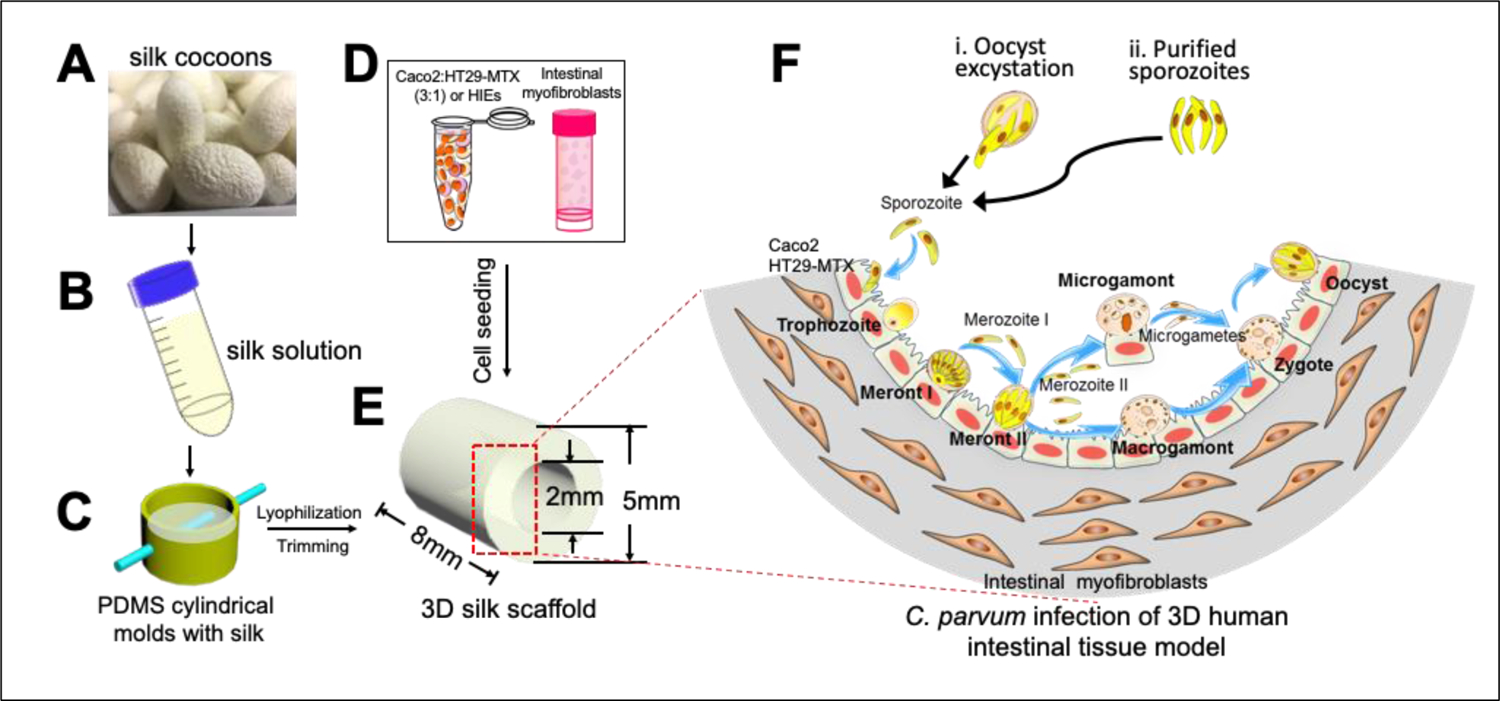Figure 1: Bioengineered 3D human intestinal tissue model.

(A and B) Silk cocoons (A) are processed to yield a viscous silk solution (B). (C) The silk solution is poured into cylindrical molds, and a wire is inserted to develop a lumen equivalent. (D and E) Caco-2 and HT29-MTX or human intestinal enteroid (HIE) cells (D) are seeded into the lumen (E), while the porous bulk space is seeded with H-InMyoFibs. (F) The Caco-2 and HT29-MTX or HIE cells in the lumen are infected with C. parvum oocysts or purified sporozoites. Intracellular development through asexual and sexual cycles occurred to complete the life cycle with the formation of oocysts. Figure modified and reproduced with permission from the American Society for Microbiology. Novel Bioengineered Three-Dimensional Human Intestinal Model for Long-Term Infection of Cryptosporidium parvum, DeCicco RePass MA et al., Infect Immun © 2017 [5].
